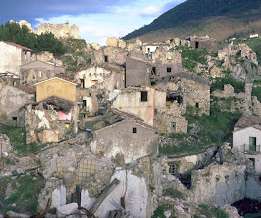A brief critique of UK emergency arrangements in the light of the Covid-19 crisis
Emergency Planning
FEBRUARY 21, 2021
Most striking is the abyss between plans and the ability to implement them with emergency response measures. In the United Kingdom, the status of emergency planning has declined while it has been enhanced in other countries. A gulf has therefore developed between plans and the ability to activate them.












Let's personalize your content